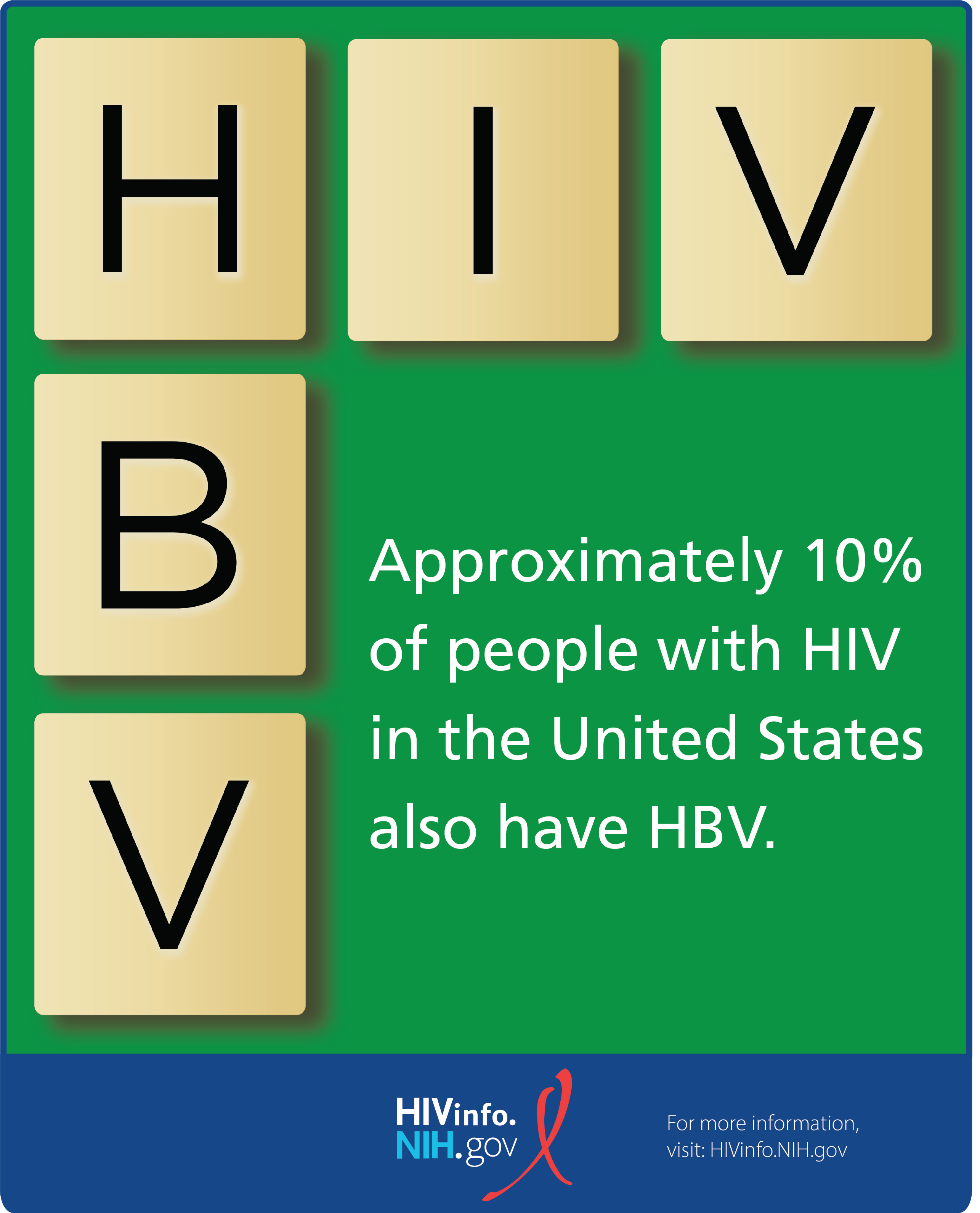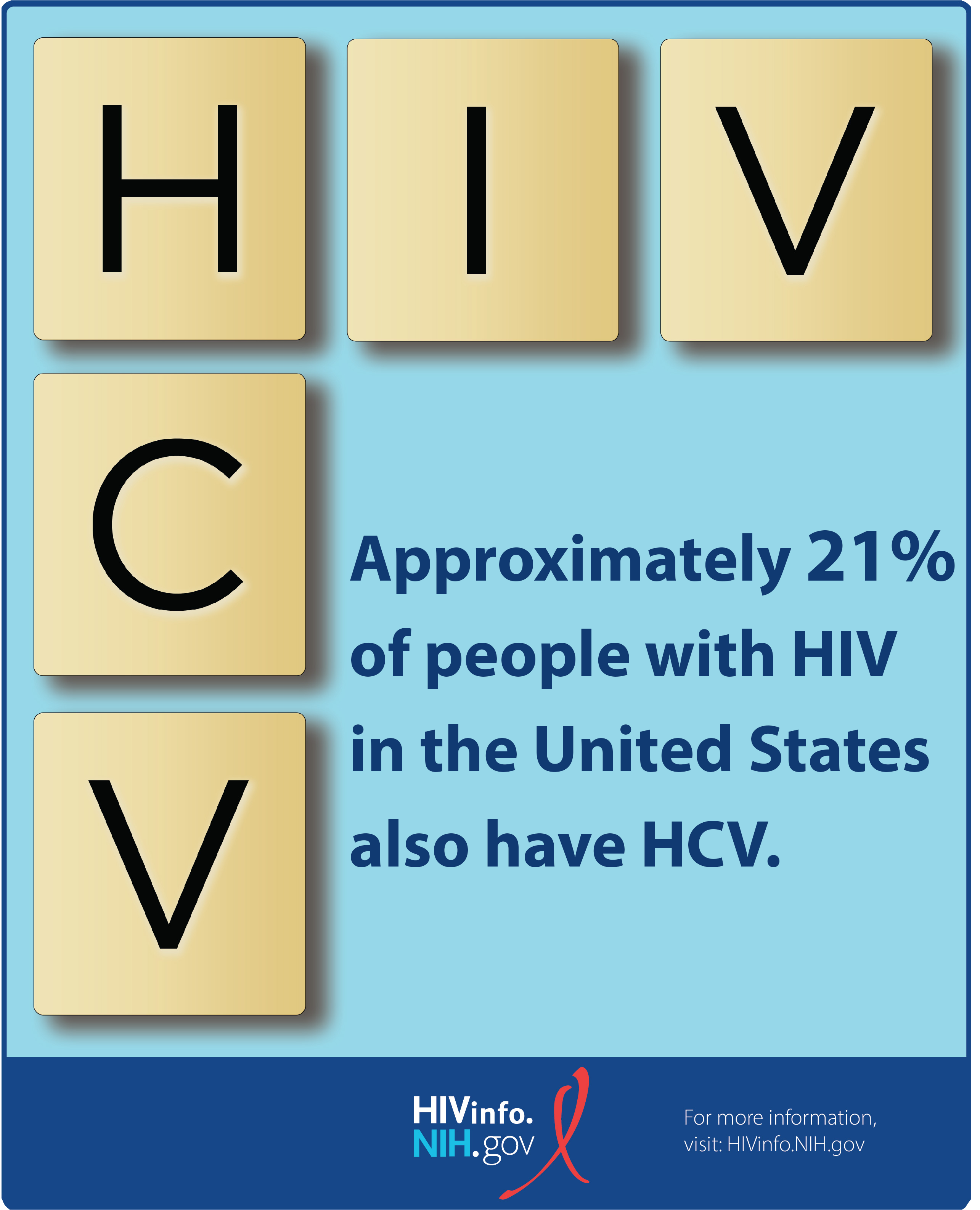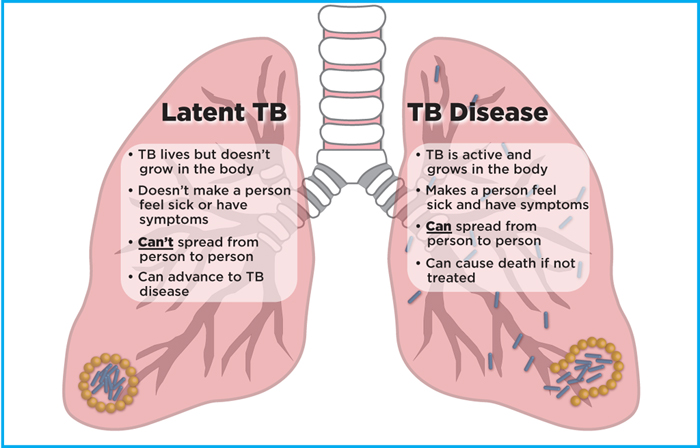For people with HIV, the best protection against OIs is to take HIV medicines every day.
People living with HIV can also take the following steps to reduce their risk of getting an OI.
Avoid contact with the germs that can cause OIs.
The germs that can cause OIs can spread in a variety of ways, including in body fluids or in feces. To avoid sexually transmitted diseases (STDs) or infections, use condoms every time you have sex. If you inject drugs, do not share drug injection equipment. After any contact with human or animal feces, wash your hands thoroughly with warm, soapy water.
Ask your health care provider about other ways to avoid the germs that can cause OIs.
Be careful about what you eat and drink.
Food and water can be contaminated with OI-causing germs. To be safe, do not eat certain foods, including undercooked eggs, unpasteurized dairy products or fruit juices, or raw seed sprouts.
In addition, do not drink water directly from a lake or river. For more information, read the HIV and Nutrition and Food Safety fact sheet from HIVinfo.
Travel safely.
If you are visiting a country outside the United States, avoid eating food and drinking water that could make you sick. Before you travel, read the Centers for Disease Control and Prevention (CDC) fact sheet on Traveling with HIV.
Get vaccinated.
Talk to your health care provider about which vaccines you need. To learn more, read the HIVinfo fact sheet on HIV and Immunizations.



